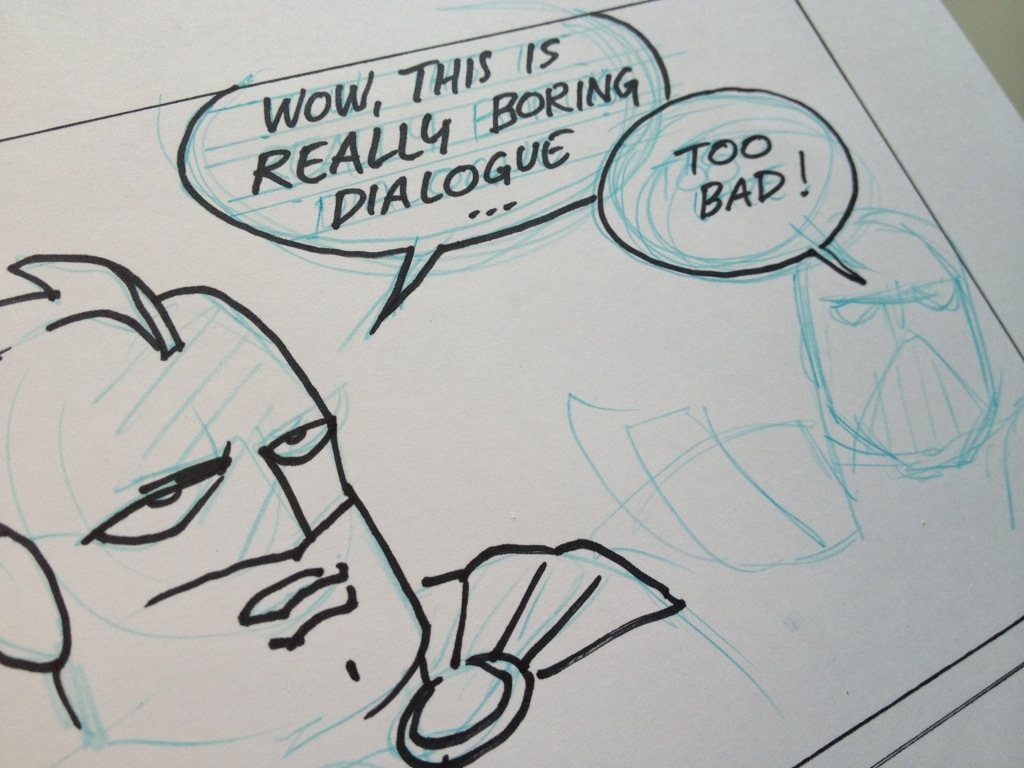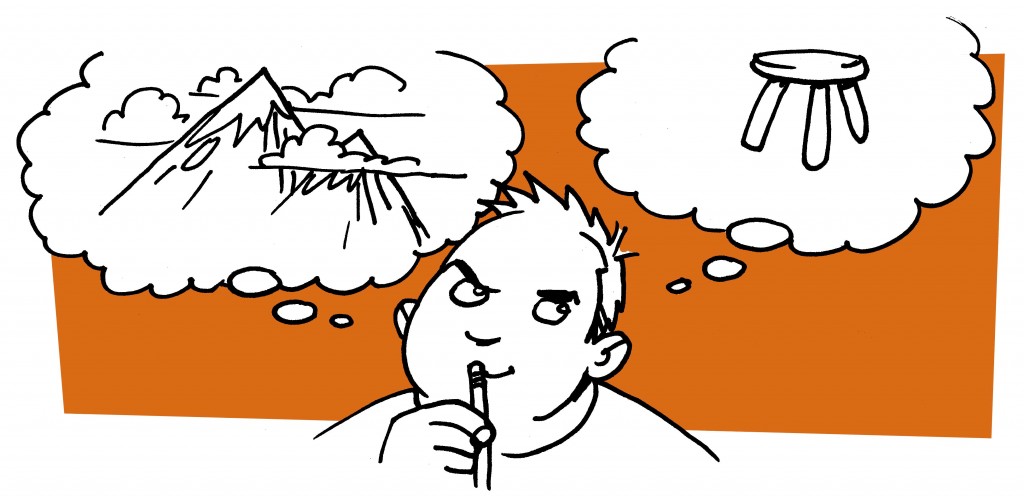Texting your comics has never been easier!
In episode 5 of the Comics for Beginners video tutorial series, I go over how to utilize computer fonts and programs to speed up the process of cartooning, while maintaining the hand drawn look. You can watch the teaser episode here, but for the full episode you need to sign up for the newsletter.
As always, comments are welcome.



